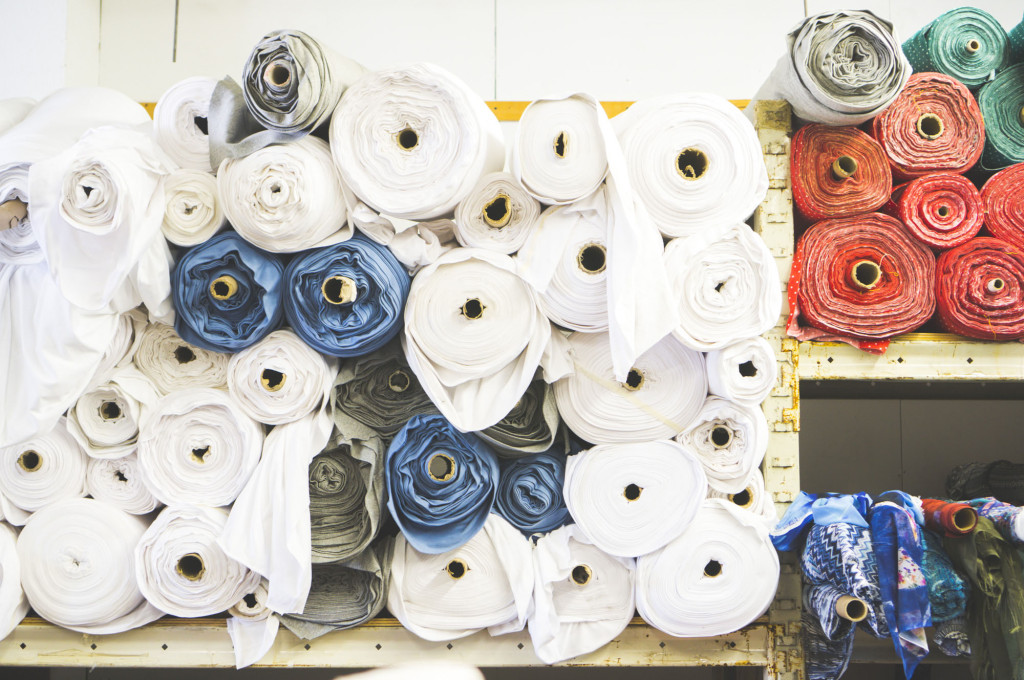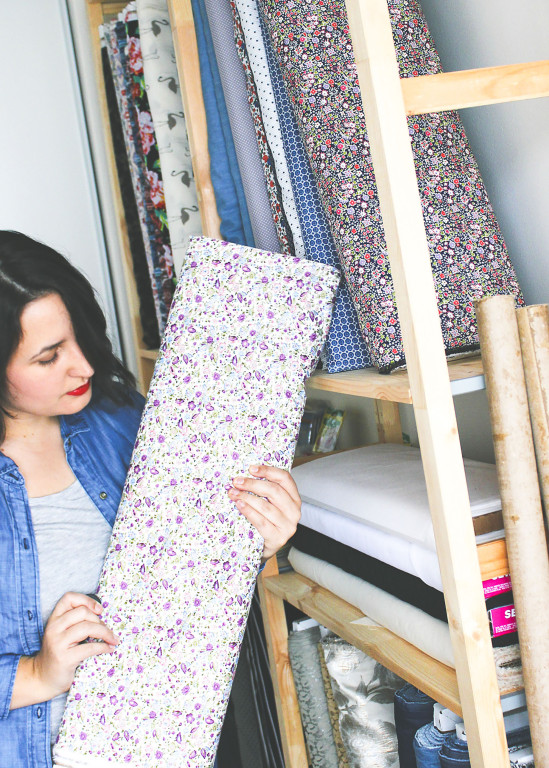Sewing my own clothes has always made me feel a little euphoric. I’ll never stop being amazed when random idea fragments evolve into making actual physical garments with my own two hands. Unfortunately, that sewing euphoria is often tempered by reality. I am talking about those heart-breaking trips to the fabric store where the materials you’ve been fantasizing about can’t be found anywhere—polyester everywhere and not a drop of silk to drink.
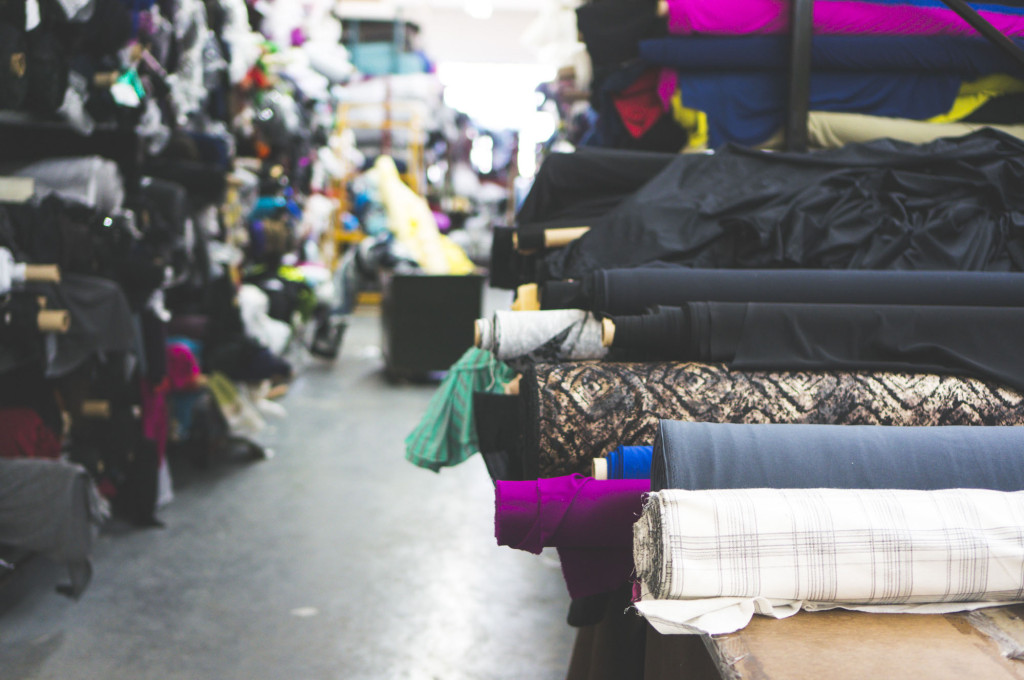
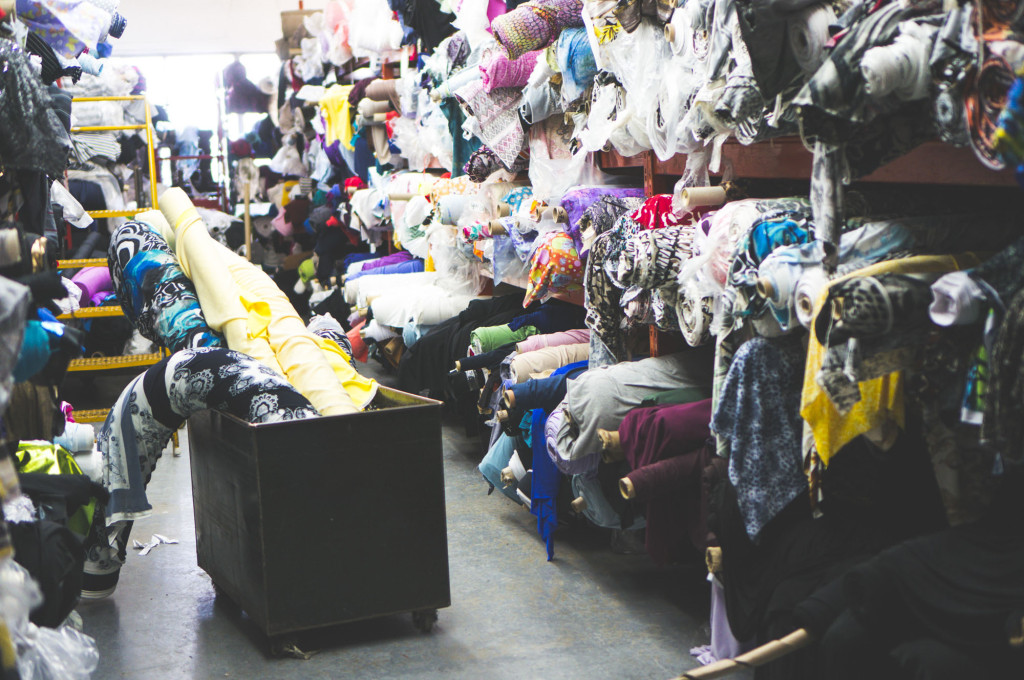
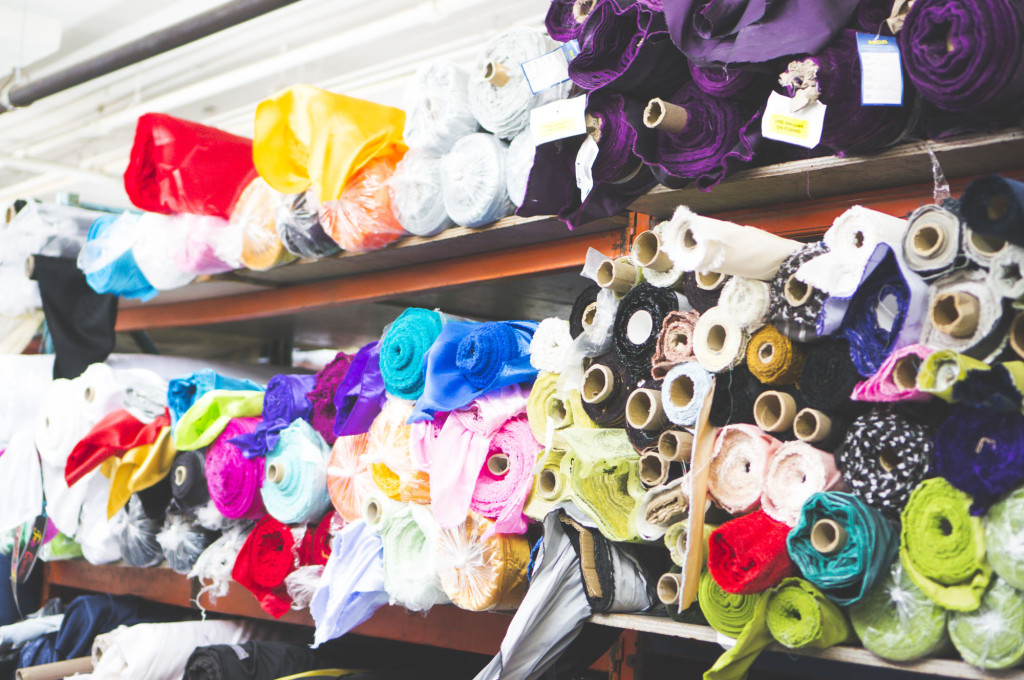
I design sewing patterns, and as my own sewing practice has shifted from hobby to career, my fabric consumption has increased tenfold. I’m always hunting for the right material for designs I'm working on and am continually surprised by how difficult it is to find the good stuff: silk crepe and noil, Breton striped knits, exuberantly printed rayon challis, non-acrylic sweater knits, non-pilling ponte, and stretch denim that actually holds its shape. I've watched sewing explode in popularity over the last few years, and I'm frequently stumped by how slowly the market has evolved to serve the new renaissance of makers who are approaching sewing from more of a ready-to-wear point of view than ever before.
On my own personal fabric quest, I’ve stopped shopping at the discount stores loaded with polar fleece and polyester chiffon and ventured into the wholesale warehouses of Montreal, Canada’s rag trade district. Cavernous, messy, chaotic places crammed with pallets and rolls upon rolls of fabric, the district’s wholesalers sell primarily to designers and fabric stores. The more I started to talk to the warehouse owners, the more curious I became about the fabric industry itself. Where does our fabric come from? Who decides what will be sold in stores? And why can't I find any freaking chambray?
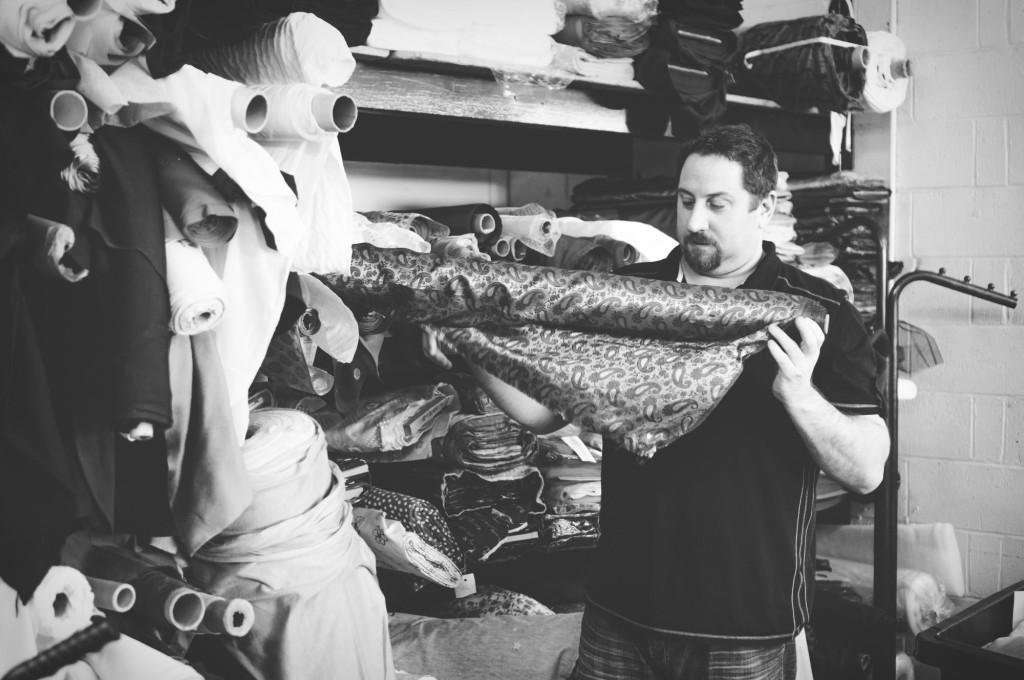
Christopher Higgins, owner of the Globe-tex fabric warehouse in Montreal.
Christopher Higgins owns Globe-tex, a crammed-to-the-gills warehouse in Montreal that's open to the public. With twenty years of experience, he has seen the fabric industry change dramatically over the course of his career: "Free trade and globalization have totally changed the market. It’s caused a lot of pain for a lot of people and it’s decimated the manufacturing sector altogether. We’ve lost our mills, the technical experts who operate the mills, the chemists who understand dyeing, the engineers who know how to design the textiles."
Since most fabric and clothing manufacturing moved overseas in the past two decades and dropped dramatically in price, home sewing dropped off as well. Sewing used to be the way to build a wardrobe without spending a lot of money, but it has now become more affordable to buy than make. Why sew a dress when you can snag one for $15 at the mall?
An overwhelming amount of cheaply made clothing is available everywhere, but ironically, it’s encouraging people to return to sewing once again. We miss quality. We want to feel creative and connected, and to avoid wearing clothing made in dangerous and exploitative sweatshops. We are a movement, and the fabric industry is catching up to us, slowly but surely.
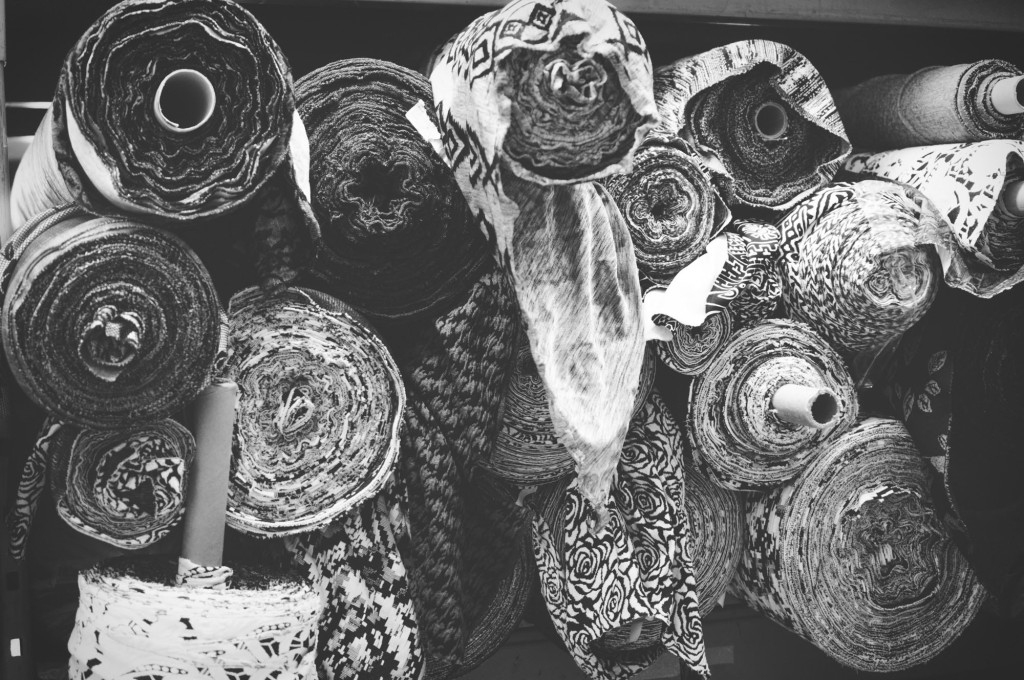
We are a movement, and the fabric industry is catching up to us, slowly but surely.
It's evident in the emergence of many new online fabric stores. Blackbird Fabrics is relatively fresh on the scene. However, its owner, Caroline Somos, has years of experience working in the fabric industry, primarily at Télio, one of Canada's largest fabric wholesalers. Caroline explains, "There is this new wave of DIY right now where people want to take it a step further. We’re not sewing clothes because we have to, we’re doing it because we want to.” She understands all too well the frustration of trying to source desirable fabrics: “What we need is more quality fashion textiles readily available to the masses!"
We're at an interesting point in the sewing renaissance; while brick and mortar shops close left and right, a market-savvy entrepreneur can do well online by understanding the needs of a fabric-hungry market. You may know Sunni Standing, who writes the long-running sewing blog A Fashionable Stitch. She recently closed her physical shop in Salt Lake City, Utah in order to focus on teaching sewing workshops and maintaining her thriving, online haberdashery. "Online, of course, caters to a much larger audience and so by virtue, you automatically have a much larger customer base...I see the younger generation up and coming in the online community and they are much more confident in making purchases online when it comes to fabric, especially when you show them how it looks in a garment."
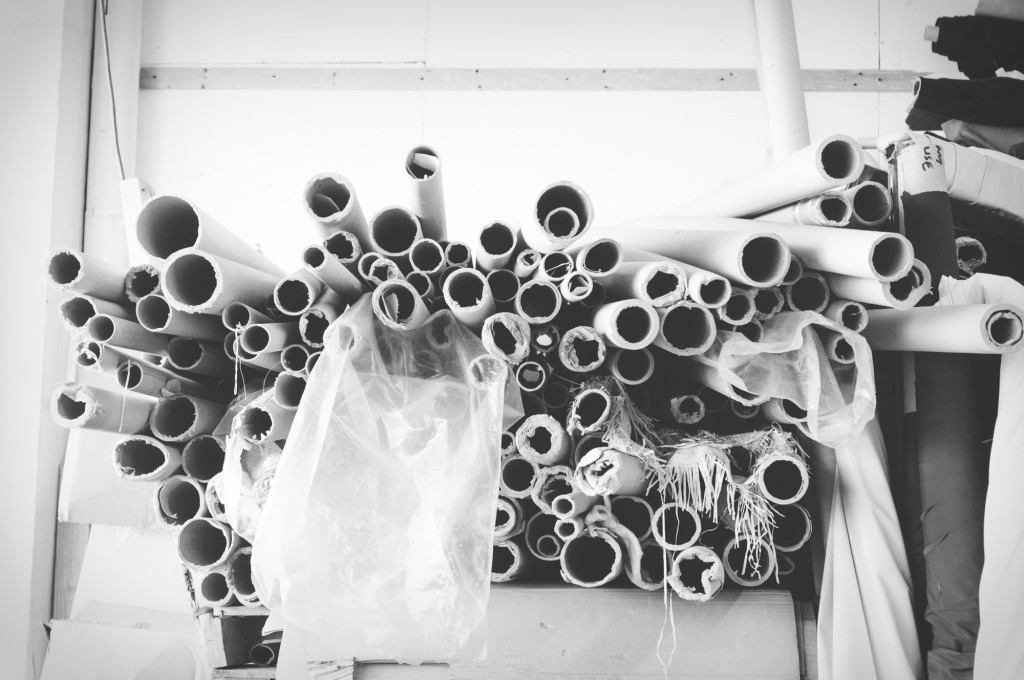
Regardless of whether or not a fabric store exists online or on Main Street, all fabric merchandise is channeled through a secretive, competitive network of jobbers and wholesalers. By understanding their client base and market, a savvy fabric store may be able to get their hands on the “good stuff,” provided they can find it from one of the following suppliers:
Jobbers are key players in the fabric industry. They buy lots of off-cuts, leftovers, and factory seconds in limited quantities from mills, designers, and clothing manufacturers, and they redistribute the fabric to retailers and wholesalers. "With jobbers you tend to find a mish-mash. There are definitely deals to be had, and gorgeous fabrics from time to time. But it takes more digging and there is usually zero chance of coming back and finding more of something you like," says Caroline. According to Christopher Higgins of Globe-tex, approximately 80% of fabric in stores is recycled from ready-to-wear, largely through the efforts of the jobber industry.
Wholesalers can function as jobbers, but they are more reliable and valuable for the regular lines and merchandise they carry. Fabric retailers and designers can depend on them to have consistent stock from month to month. One you may have heard of is Robert Kaufman Fabrics, a reputable American company, which sells fabric across the spectrum; behemoths like Fabric.com and smaller shops like Grey's Fabric and Notions carry their goods. Caroline explains, "Wholesalers often have a showroom and a ‘line’ of fabric that is somewhat cohesive. They also have the advantage of being able to develop custom colors or prints, and restock items if they are in high demand."
Mills sometimes provide fabric directly to retailers, and a few businesses actually have custom fabric made exclusively. Girl Charlee Fabrics is a popular online store known primarily for their knits. The owner, Heather Peterson, told me, "We make our own collection that is produced on fabrics that are both knitted and printed here in Los Angeles, California. We started designing and printing our own fabrics as I love a certain aesthetic and could never find it in the marketplace." While this kind of direct relationship between manufacturer and retailer is not the norm, it's sure to become more commonplace as more and more creative online businesses emerge.
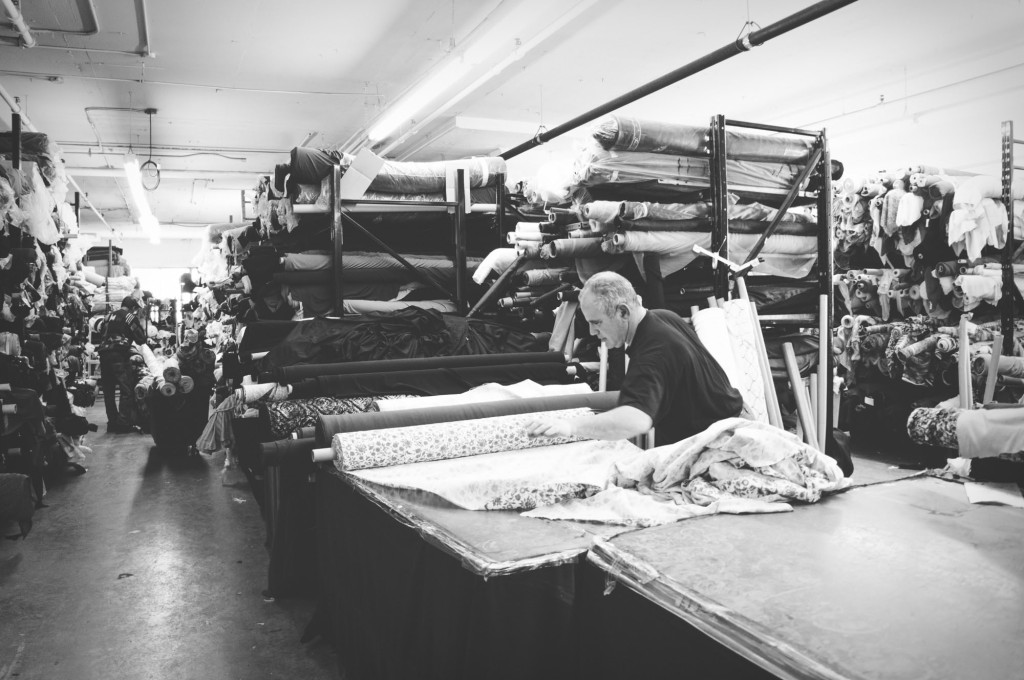
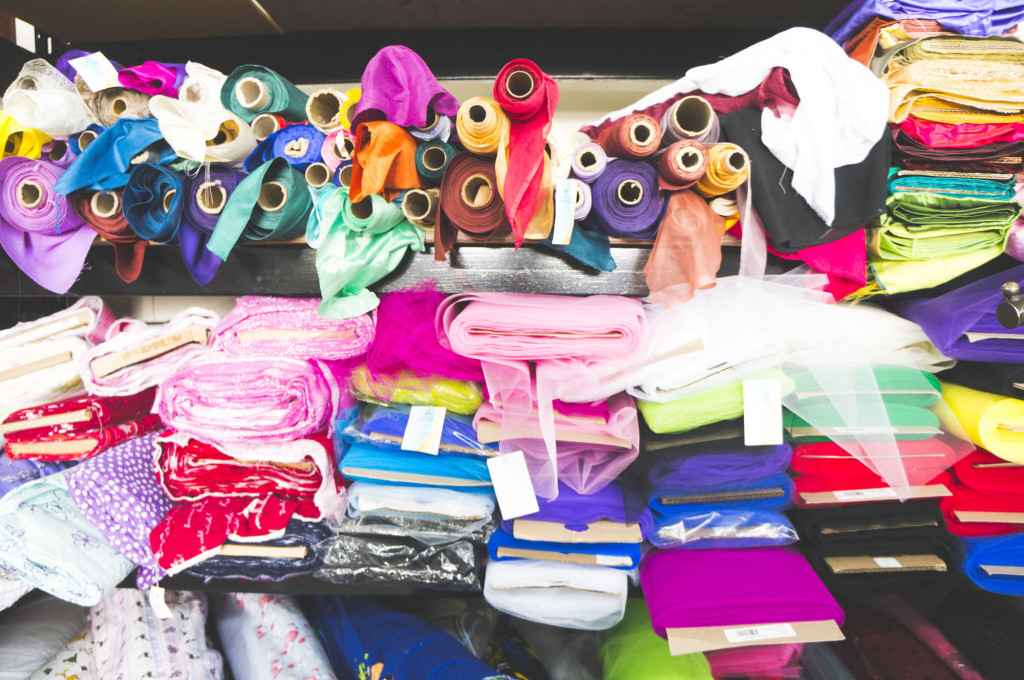
Even with a growing range of retailers selling fabric, why is it still so hard for me to find a variety of modern, printed silks and interesting wools? “These are fabrics that are hard for everyone to find! They are hard for me to get as a retailer. All the fabrics you want are what we all want. The sewing trend did go ‘soft’ and so with it, many of these lovely fabrics can no longer be sourced. But as sewing keeps on trending, we can all hope to see the return of many of these fabrics, and hopefully more,” explains Sunni.
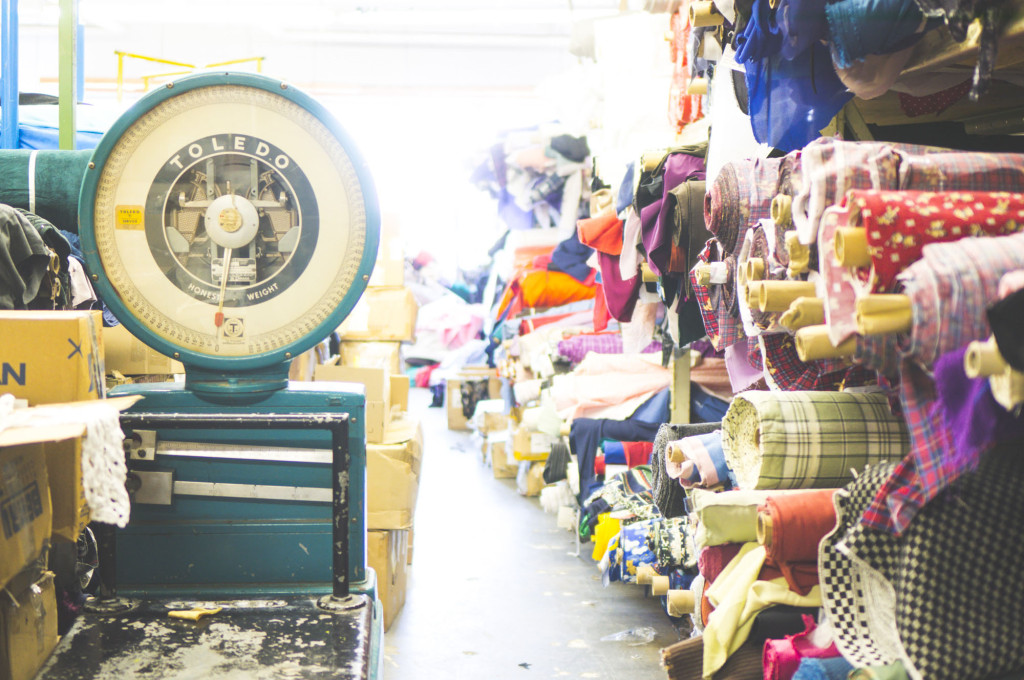
Part of the problem is the way we, as a society, perceive cost. In a globalized world, we are used to our merchandise being cheap and plentiful. The reality is, genuine quality doesn’t come cheap. My wholesaler, Christopher, doesn’t carry as much high-end stock as he would like. “I have a hard time moving more expensive fabric. I can get silk in and wholesale it for $10-12 a yard, but my clients will complain that it's too expensive and it just sits in my warehouse. Unfortunately I can’t keep buying fabric that people don’t want to pay for, even if I personally love it.”
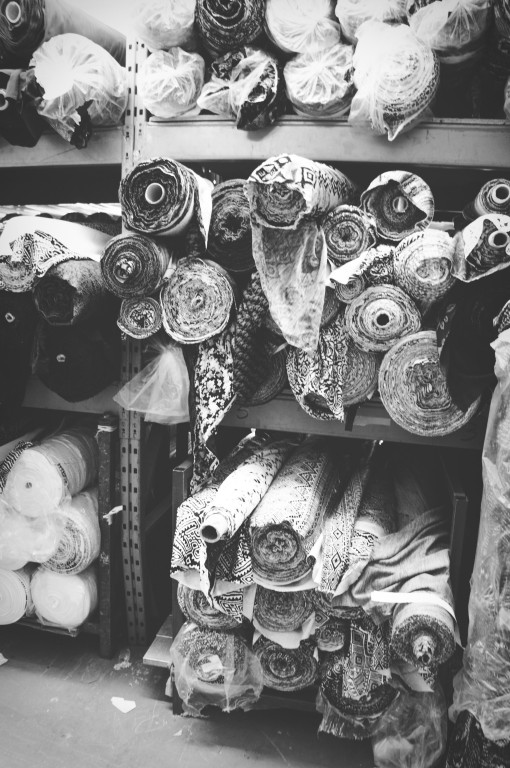
Sunni knows firsthand about the problems that come with stocking high-end fabrics: “The majority of my brick and mortar customer base were extremely budget conscious. I would see many of my customers frequent Joann and Hancock chain stores, yet only come to my store for something special or wedding dress fabric. It could be very frustrating because even though I had a shop filled to the brim with beautiful cloth, we never seemed to have exactly what people wanted - unless it was on sale! And I don't say this to offend, I say it because it's true! It was incredibly frustrating day in and day out to see this happening.”
Many of us are used to shopping at big-box fabric stores with their frequent bargain basement sales. They may have some regular lines sourced through wholesalers, but almost all of their stock is purchased overseas by the shipping container, often in mixed lots for twenty-five cents a yard. Under those conditions, it’s no wonder why it’s difficult to find a gorgeous wool crepe or silk charmeuse at a chain store. It’s all the more important to support independent businesses who genuinely love fabric and are more thoughtful and conscious about the wants and needs of their customers.
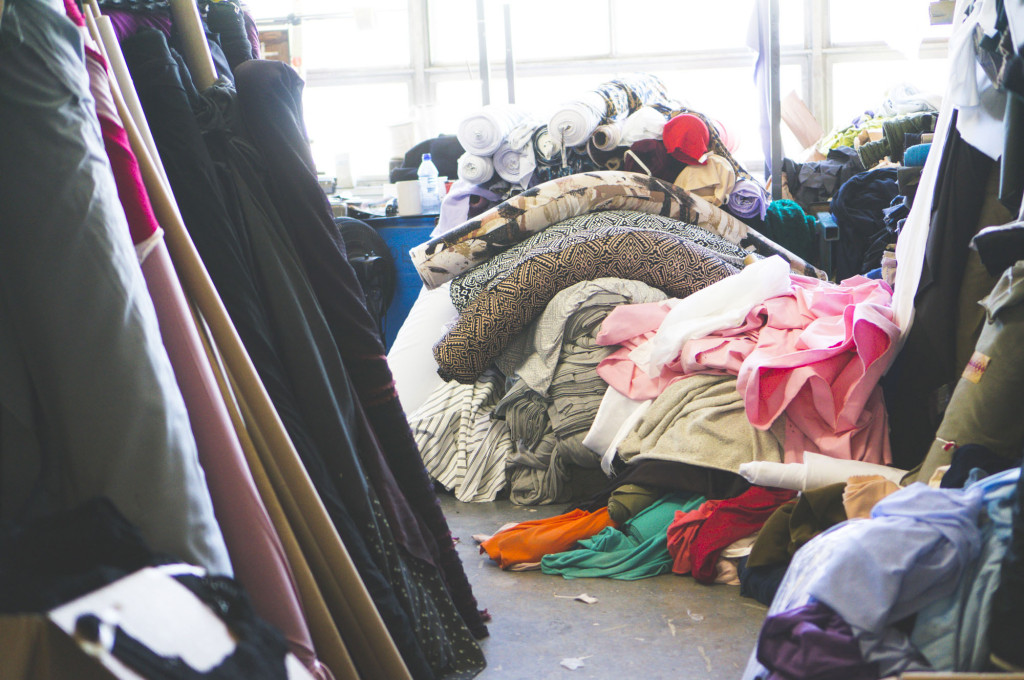
As the sewing renaissance picks up speed, we can expect to see fabric stores and manufacturers emerging to cater to this vibrant and diverse market. As our market share grows, so too do our options. Custom fabric printing services from companies like Spoonflower and By Hand London are a few exciting developments. Additionally, modern and forward-thinking quilting fabric companies like Cotton+Steel are starting to expand their range with new fabric options like my beloved rayon challis and voile. The future is bright for makers, and hopefully with more of a fashion-savvy demand for fabric, we will expand the options available to us. Even better, perhaps a focus on quality, transparency, and accountability will help revitalize our local fabric-manufacturing sector, which used to be such a strong part of our economy. A girl can dream.
Tips on sourcing fabric
-
Buy it while you can. “When you see a stellar fabric, get it. Too many of us have a very specific fabric in mind for a project. Be flexible and purchase what is available to you and work your sewing projects around the fabric instead of working the fabric around the sewing project,” says Sunni. Splurge every once a while. If we want a wide variety of high quality fabric available to us, we need to be willing to pay for it!
Be diverse in your search. “Join Facebook fabric and sewing groups and community boards, follow blogs, and of course, you can always ask your favorite fabric store like Girl Charlee!” suggests Heather Peterson.
Support your local fabric stores and independent online shops. As Sunni says, “There are so many great online fabric shops and while they may not be local to you, they are small business trying to keep the good stuff alive. Buy from them! Many if not all, have great swatch services too. Get in on that!” It’s also much easier to request specific fabrics from small businesses; establishing relationships means you’re more likely to find what you’re looking for.
Support locally milled fabric whenever possible. “I can tell you that I hope fabric manufacturing comes back to North America in some way. Wouldn’t it be fantastic to have direct access to fabric weavers, printers, and finishers? To have control over conditions and wages? I hope that we are heading in that direction,” says Caroline Somos.
